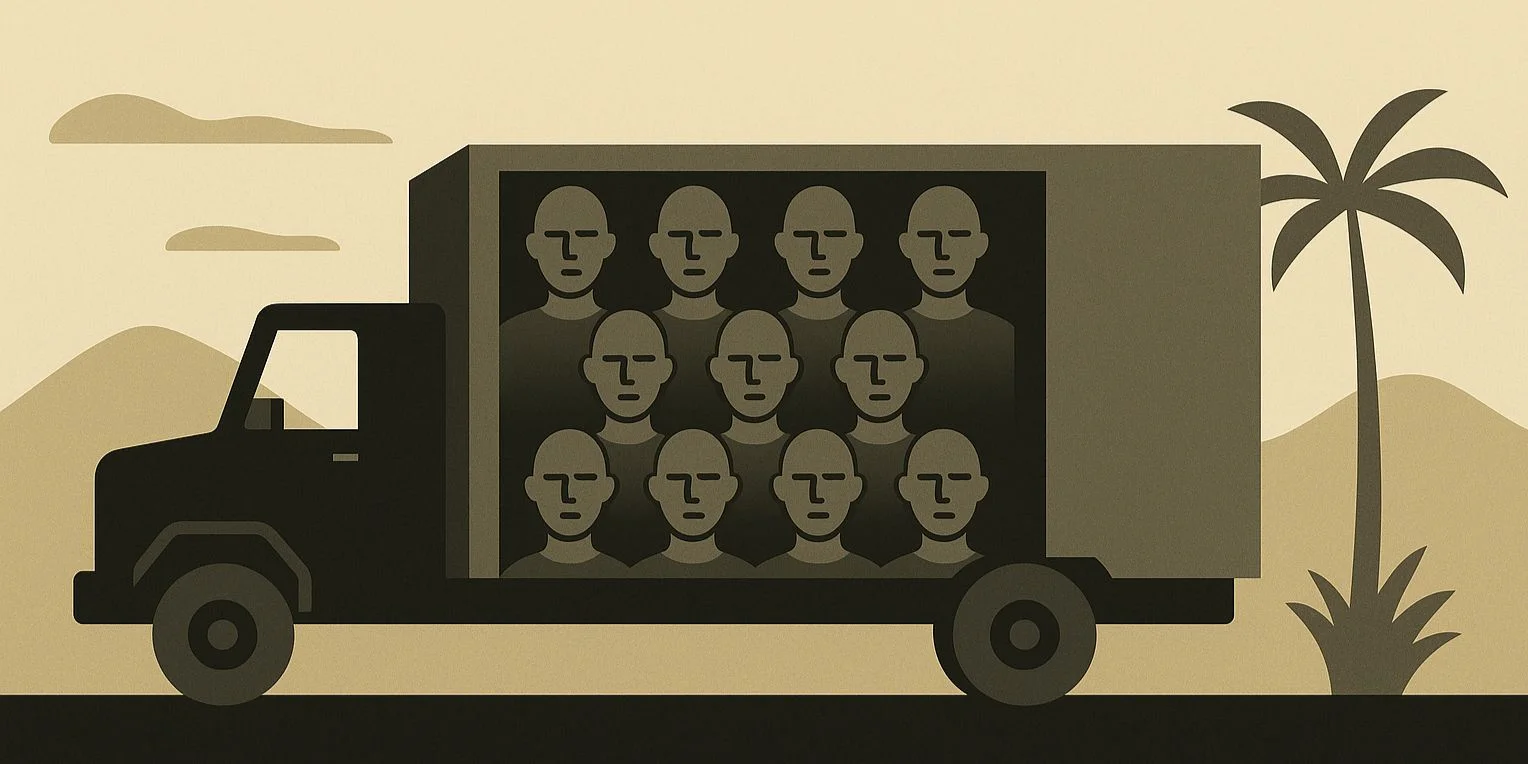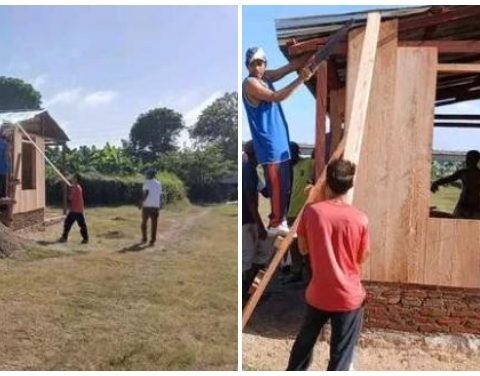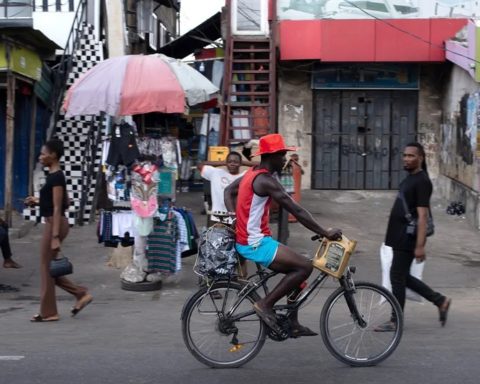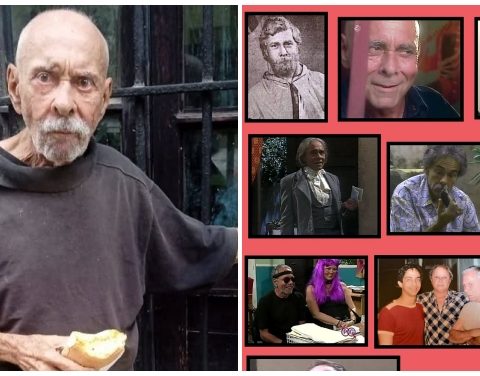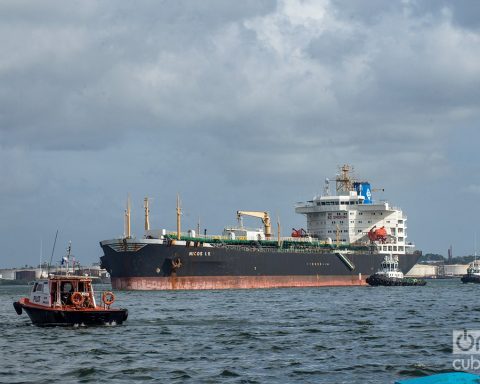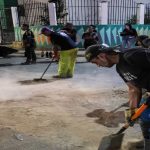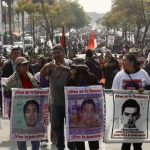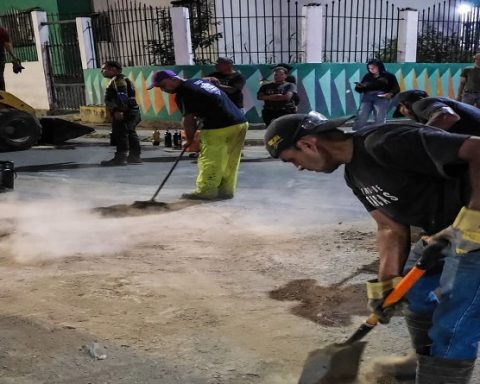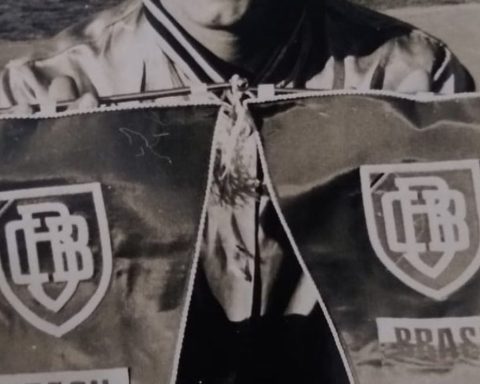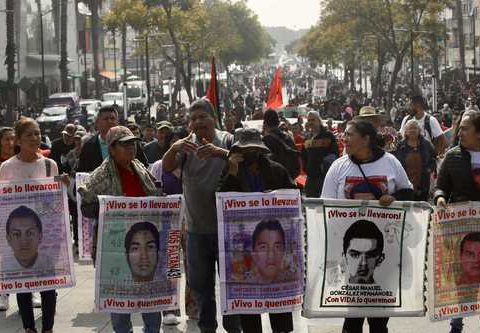Puerto Padre, Cuba. – Unfortunate this day, yes. This Tuesday, 64 years of death from suffocation in a crime is still unpunished, then appealed, of nine prisoners of the Brigade 2506in a crime against imprescriptible humanity, consummated by violation of laws and customs of war, in which circumstances that typify the crime of murder such as premeditation and alevosía concur.
The crime occurred when, contravening the manuals on the right of war in use of all the armed forces, at noon of April 22, 1961, more than 100 prisoners were overcrowd on a trip of several hours and without any ventilation, to be transferred from Bahía de Coro of those destined for the transport of goods.
And I say that it is a premeditated crime and not an accident due to negligence in the service, because still lacking other transports for the transfer of the prisoners or tools such as a simple drill to condition that dredge, airing it, the authorities could well by only some shots of the escolta in the upper part, to the front and on the sides of the trailer, make the air enter through those bullet holes. Those deaths of defenseless people, some wounded.
According to testimonies of prisoners who made that journey in which they called “the truck of death” or “the trace of death”, that transfer operation was directed by a brother of the commander Camilo Cienfuegos, the then Captain Osmany Cienfuegos sparrow, who, despite being warned by the same brigades that they would die asphyxiated, locked up without a breath without a breath. He continued by making humans in what would become a rolling coffin.
The prisoners of Brigade 2506 suffocated were nine: Alfredo José Cervantes Lago, José Daniel Vilarello Tabares, José Santos Millán Velazco, Herminio Benjamín Quintana Pereda, José Ignacio Macía del Monte, Santos G. Ramos Álvarez, Pedro Rojas Mir, René Silva Silva Soublette and Moisés Santana González. According to some survivors, a young, civil, unimgrased of the 2506 Brigade, about 20 years old, resident of the Zapata Ciénaga, led with them, also died.
This is a page of the story of Cuba still to write. We do not know the brand, the model, the year of manufacture, nor which company or person was the owner of “The truck of death”, or what was the final destination of that vehicle, nor do we know the name and surnames of the driver who led the truck that day that day, nor the identity of the soldiers and officers that served as custodes of the more than 100 prisoners. It is those historical data that in turn constitute elements of legal judgment, because it is not about deaths, but of deaths of people produced in a premeditated manner, although with respect to the crime Fidel Castro said: “One of the trails was closed; by an oversight of some person responsible for the transfer, the relevant measures were not taken and several cases of suffocation were produced in that vehicle that was transferred in that vehicle.”
That said Fidel Castro, pretending to pass the deaths of prisoners of war for an “carelessness”, but there can be no lack of application in the military when there are not only procedural norms, regulations, but also not written laws, of customary law that force them to act in human form with the Inene adversary.
The manuals on the right of war, written after the Hague Convention of October 18, 1907, concerning the laws and customs of the terrestrial war, they say that the prisoners will be quickly evacuated outside the combat areas, that the evacuation will be made with humanity, in conditions similar to that of the members of the capture forces, using their same transports, that is, this is, the same that war prisoners will not be exposed uselessly to dangers.
But, it did not happen with the prisoners of Brigade 2506, whose death that occurred 64 years ago we remember today. It hurts, but “the truck of death” continues to shoot in Cuba.
